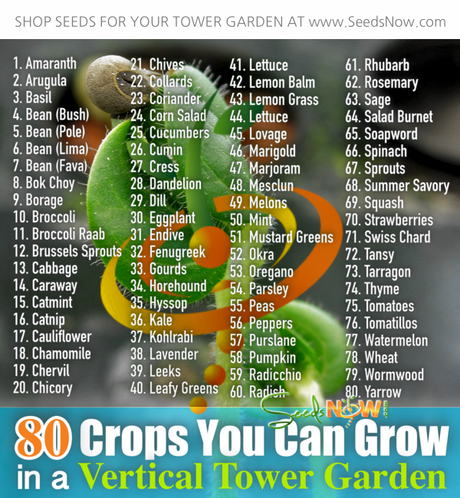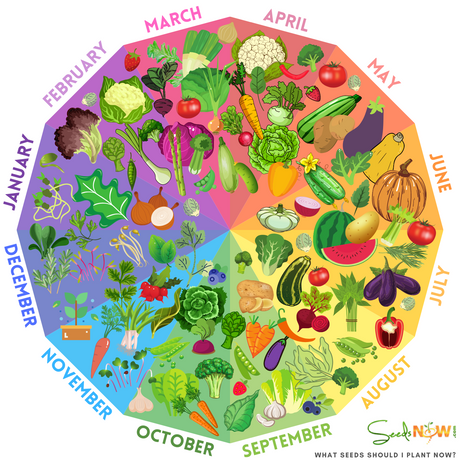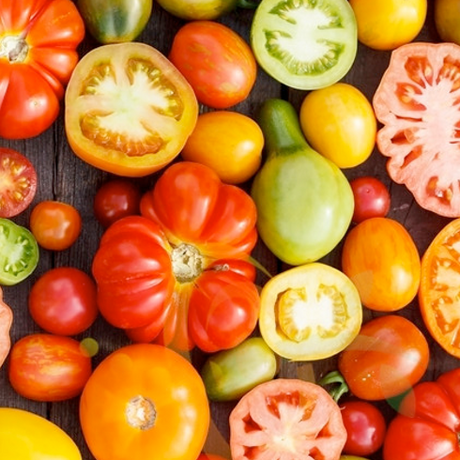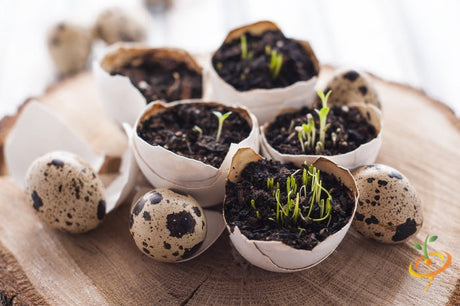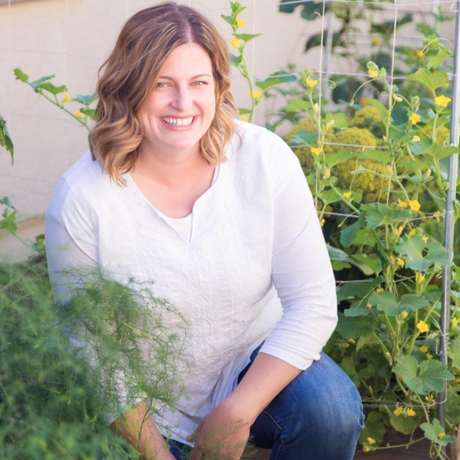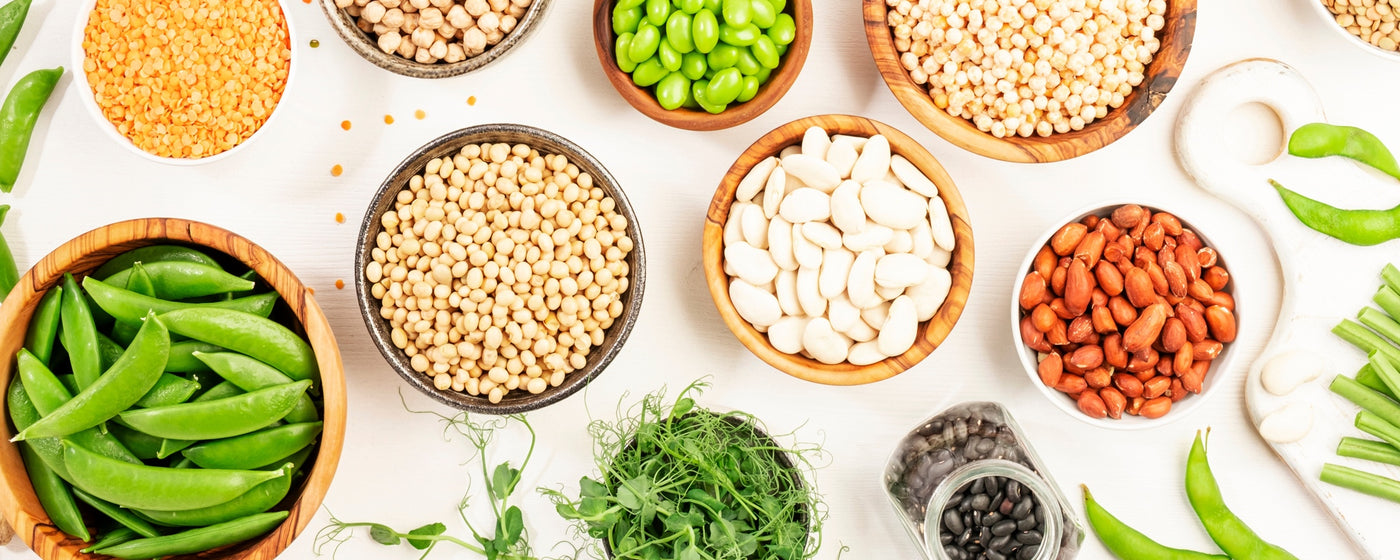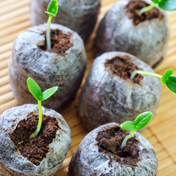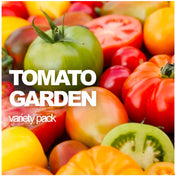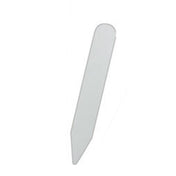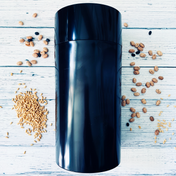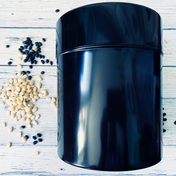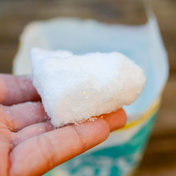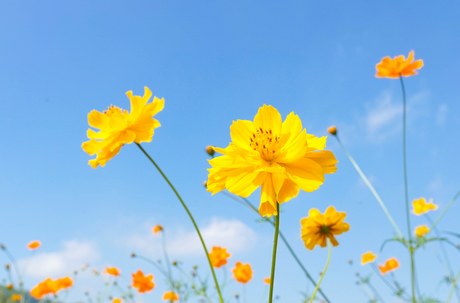|
About Cabbage
Cabbage is an annual cool-season crop, hardy to frost and light freezes. A smaller cabbage head has better flavor and can stay in the field longer without splitting. To keep them small, plant close together or, when the head is almost full, give the plant a sharp twist to sever the roots.
Cabbage is a wide spreading foliage plant with handsome leaves that form a tight, hard ball head on a strong central stem. Young plants may bolt if grown at 50F for a long time; however mature plants of late varieties improve flavor in cold weather.
When to Plant
Start seed indoors in early February for setting out when ground is workable for July harvest; in mid-March for setting out May 1 for August harvest; and in mid-May for setting out in early July for October harvest. Adjustments can be made to this schedule depending on the local climate.
How to Plant
In rows 2 1/2 feet apart, with 12-16 inches between plants. For late varieties, rows 3 feet apart and plants 2 feet apart.
How to Harvest Cabbage
heads must feel hard and solid before cutting. When harvesting, use a sharp knife to cut the head off at the base of the plant, keeping a few outer leaves to protect the head. The heads must be harvested promptly, or they deteriorate in the field. If there is ample cool and dry storage space, the heads may be harvested and stored for use. Or the ripe heads can be stored in the field by stopping plant growth. To do this, pull the plant up slightly from the ground until a few roots can be heard snapping. This will hold the plant for a short while until it can be picked. Some European gardeners have reported success in storing cabbage plants by burying them upside down in a deep soil pit with a thin straw flooring and covering them completely with soil to just below the frost line, with another straw mulch on top.
|




